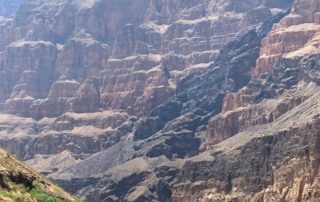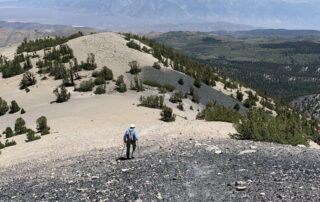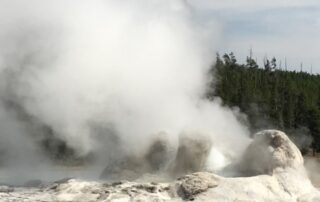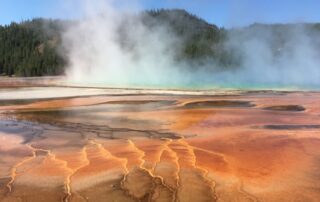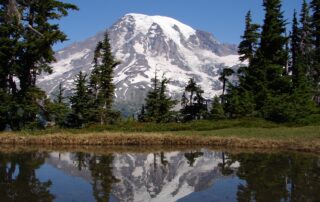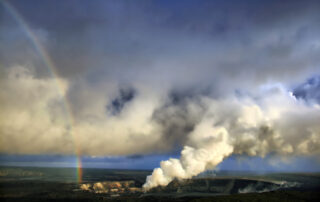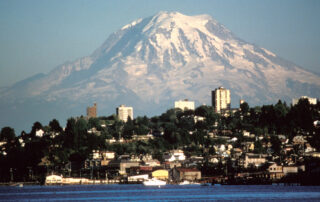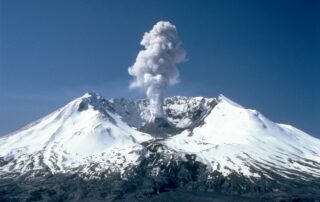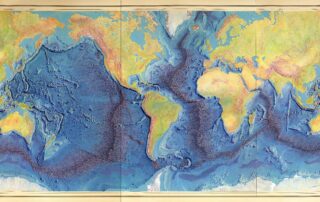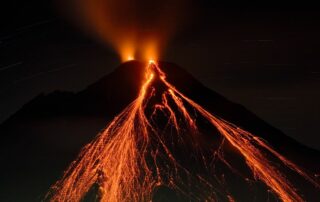Grand Canyon Volcanoes
When most of us think about the impressive geology of the Grand Canyon, our focus is on the ancient rocks. Within the past 1 million years, however, volcanoes have created striking displays in the canyon. Hot lava often flowed down the Colorado River channel for tens of miles; other times, it dammed the river, impounding water behind dams that eventually breached, sometimes releasing catastrophic floods.
